

|
|
|


|
Tamiya Russian Heavy Tank KV-2 Gigant - # 23671 (Radio Controlled Model Review)1/16 Scale Electric Tank -
Released by Tamiya on March 15, 2010, the Russian Heavy Tank KV-2 Gigant (# 23671) is the Factory Finished, Limited Edition, RTR version.
▼ Scroll Down for More Images ▼
Rating: 4
|








|
|
|

|
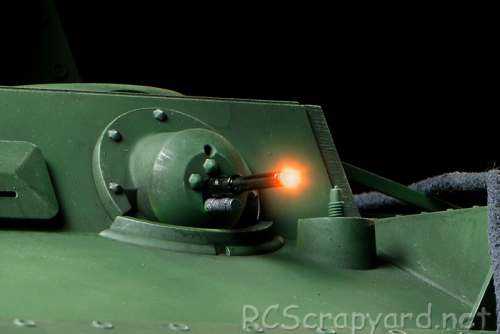
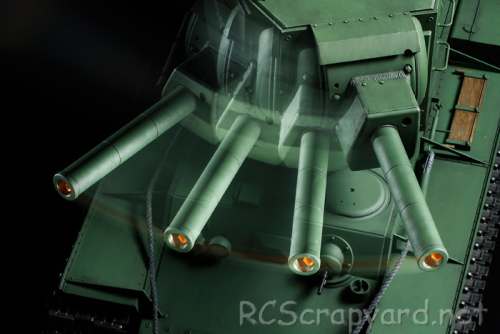
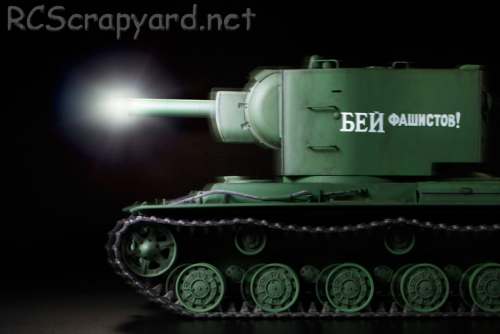
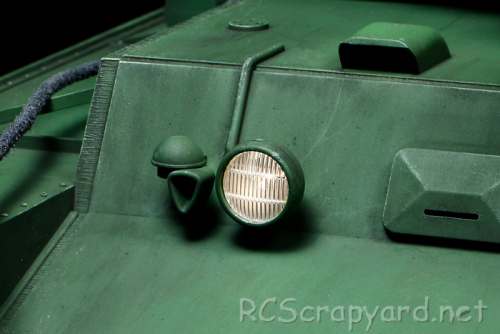
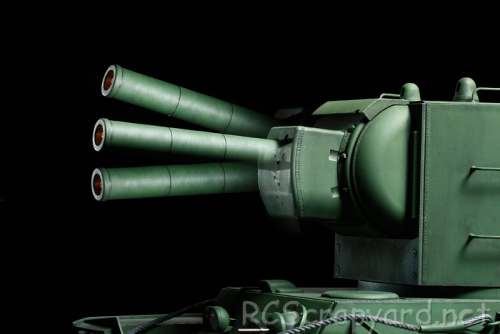
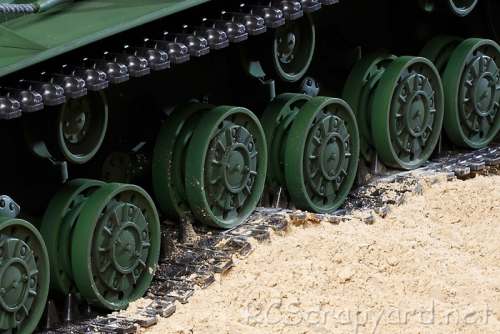
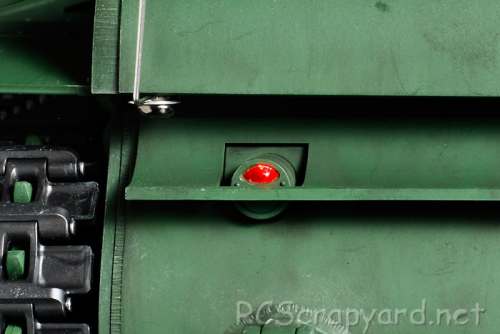
|
Hints, Tips and Information
How to avoid Radio Interference
1/ The first consideration when installing your Receiver into your Electrically Powered Model is to make sure it is well away from the Negative Battery terminal, and the Motor. The Magnetic field can cause stuttering type interference at times of high current draw (i.e., Fast Acceleration) |









|






|
|
|
|
Hints, Tips and Information Rechargeable Batteries
|
|
Hints, Tips and Information
Wings
When you think of the Wing or the spoiler on any RC model car, you immediately think of down-force, but which wing is best for your model and what setting should it have? |
|
RC Models:
|
Radio & Motors: |
Other
Accessories: |